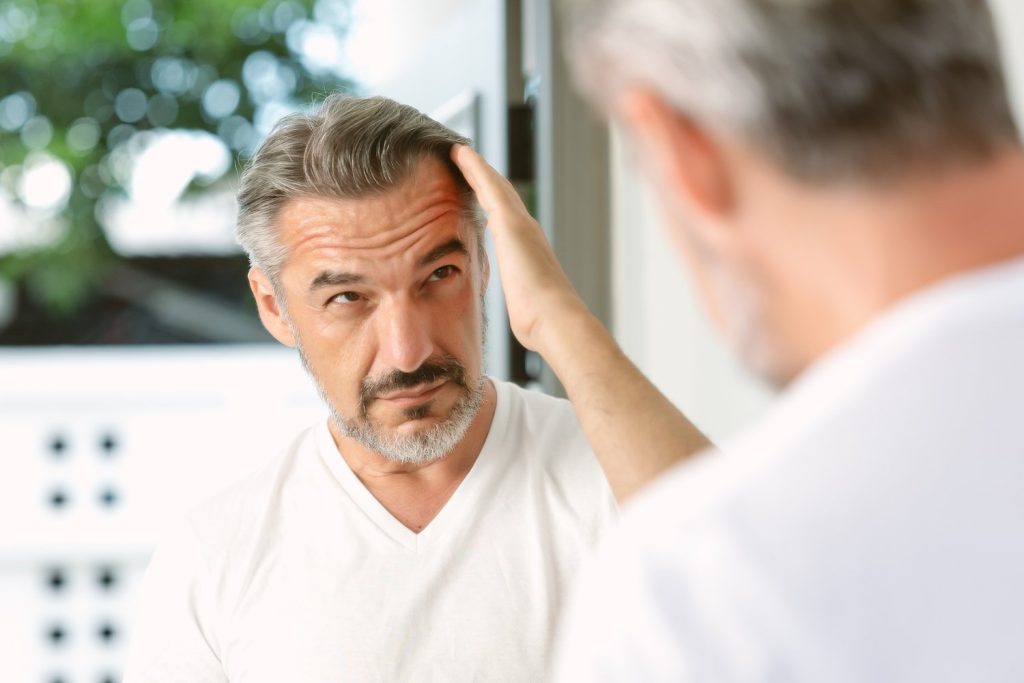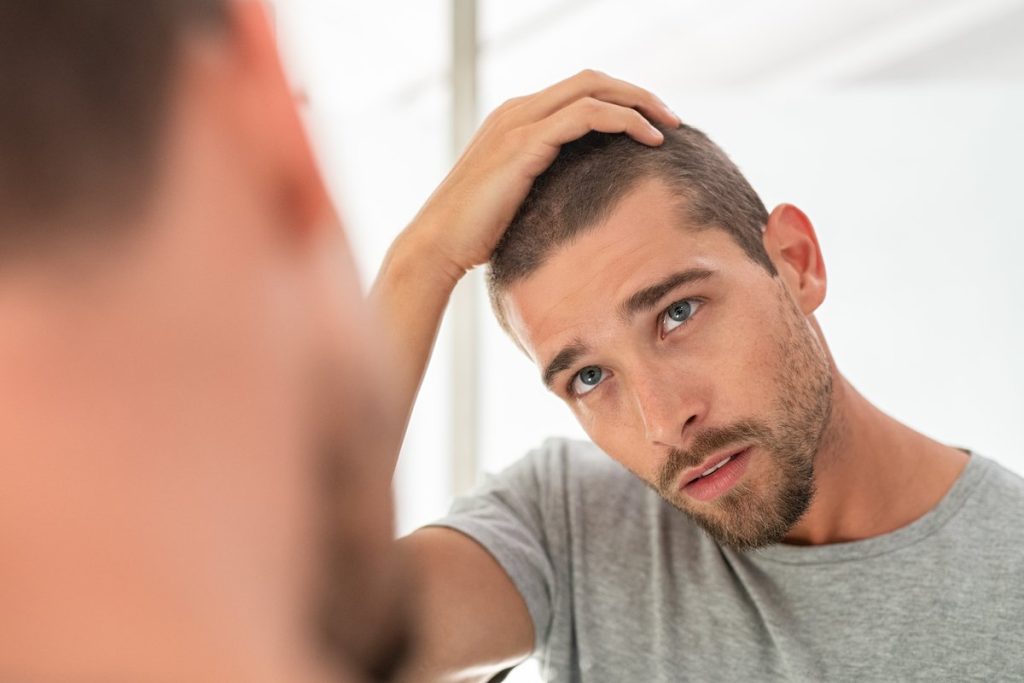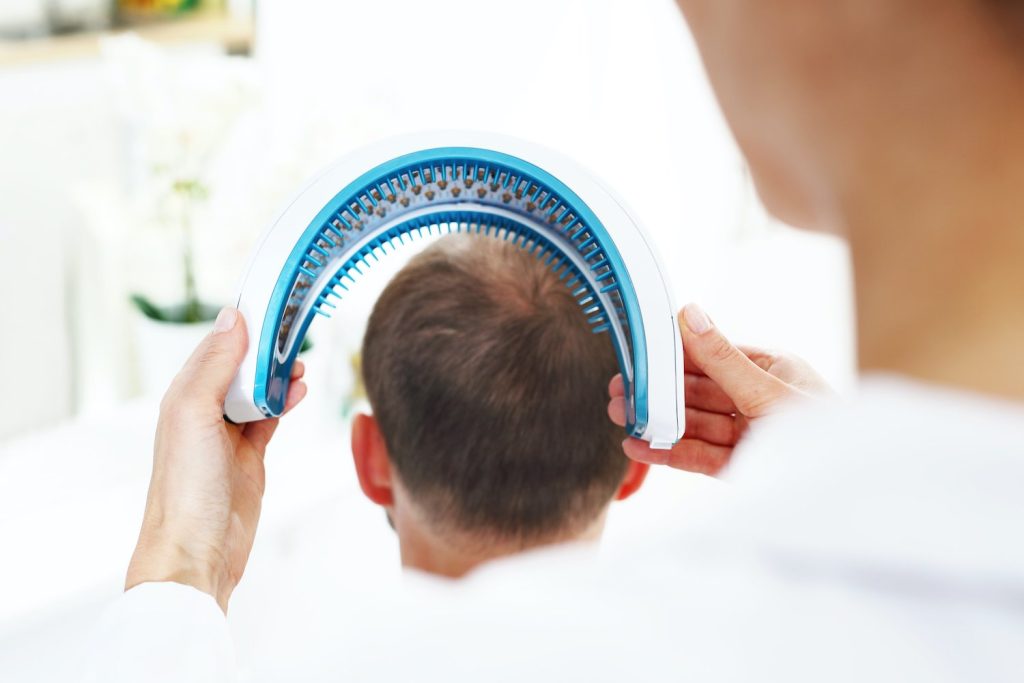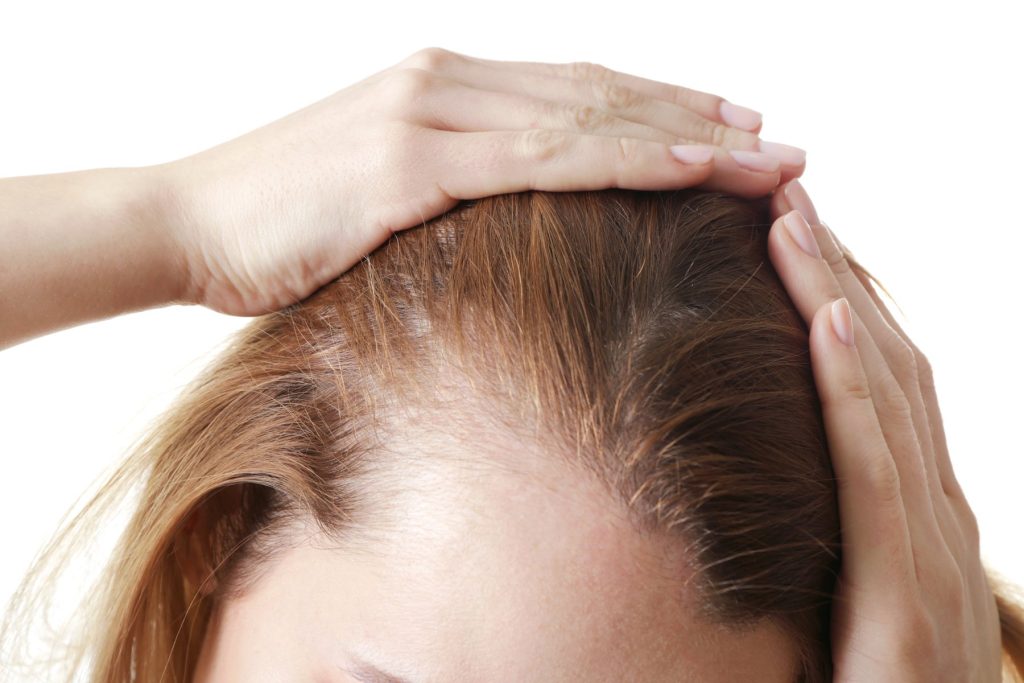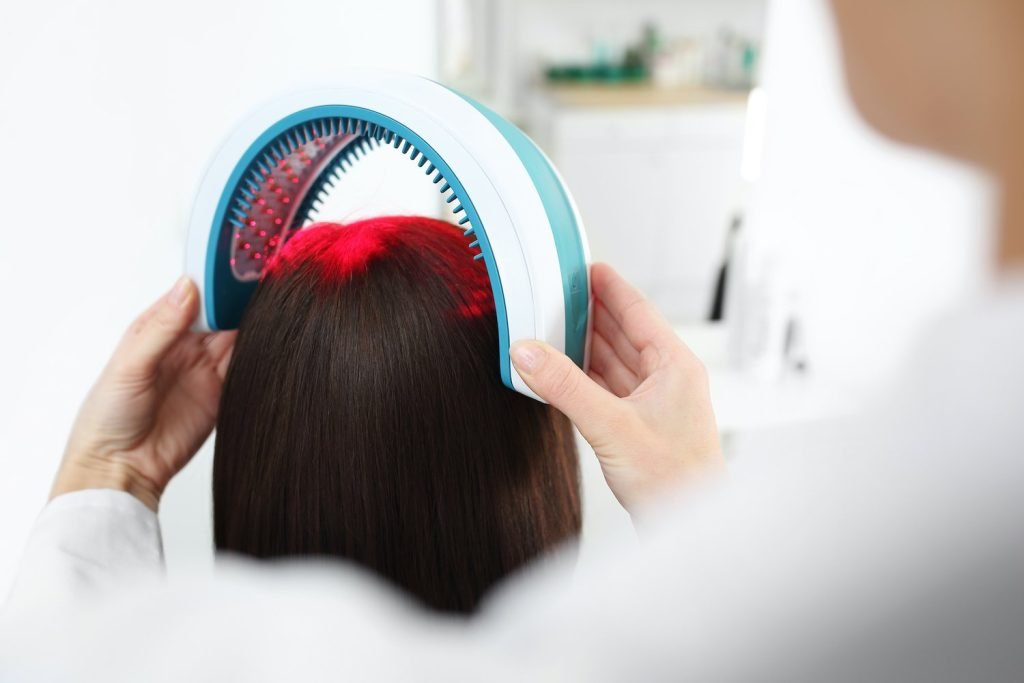- Hairline Clinic - Hair Loss Treatment in Akron and Cleveland Ohio - Schedule FREE Consultation
- 330.285.4815
- CONTACT US
Effective Non-Surgical Hair Loss Solutions for Men and Women
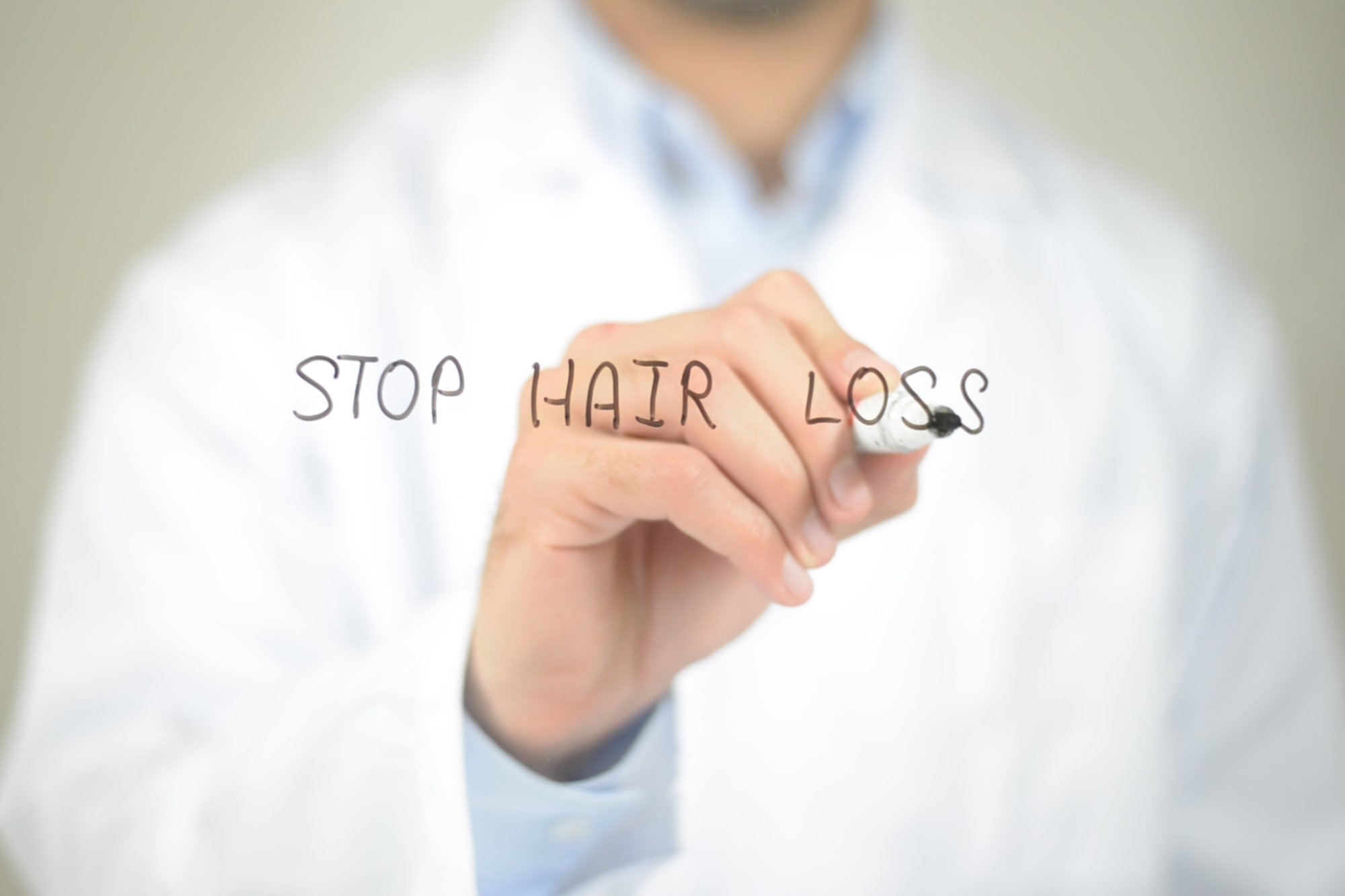
Hair loss is the problem with many solutions, in part because the causes and people it affects are so numerous. Smart patient-consumers consider all options.
The mid-career male pattern hair loss patient is accustomed to comparison shopping for everything from cars to cans of beans. His boss, age 50 and seeing her hair generally thinning all over, is perplexed with her situation and knows no other women who have this problem. And the guy in IT, fresh out of college, thinks he’s too young to face getting bald like so many others in his family.
The blessing each of them has is that hair restoration solutions are in more abundant supply than ever before. Surgical solutions get a lot of attention, and for some they are the ideal (if expensive) option. But for many other people, non-surgical solutions might be a better choice.
What are those non-surgical solutions? Some are proven and approved by the US Food and Drug Administration (FDA). Others don’t fall under the FDA, as they don’t need to be, and are considered safe but experimental. The major non-surgical solutions are in four categories:
Topical, FDA approved: Minoxidil, sold under the brand name Rogaine (including Rogaine Women’s), is a foam treatment derived from a common prescriptive treatment for high blood pressure. Requiring a daily application, it works best for people in the early phase of hair loss. Importantly, it poses no danger to women who are pregnant and their developing fetuses.
Take internally, FDA approved: Finasteride, sold under the brand name Propecia, is effective at restoring hair growth: In a widely-cited clinical trial, 83 percent of men taking it saw a cessation of hair loss, and 65 percent saw new hair growth. A DHT blocker, Finasteride has been on the market since 1997. Importantly, it’s not a medication that should be around women in their childbearing years, as so much as touching a broken pill (the dust thereof) can have a profound effect on a developing fetus. Finasteride is sold to women who no longer can get pregnant, and it is effective for them as well.
Light therapy, experimental: Generally called LLLT, for “low level laser hair therapy,” this is a treatment that increases blood flow to the scalp, where the root follicles are located. While it sounds somewhat hocus-pocus, the respected website WebMD has this to say about LLLT: “What they do is boost blood flow to your hair roots, bringing nutrients and energy that your hair needs to grow … When LLLT works, you should see thicker, fuller hair in about 6 months — the same amount of time other treatments take. But LLLT won’t help if you’re completely bald … We still need more research to figure out the best way to use it and how long the effects last.”
Plasma injections, experimental: Anecdotally, this type of treatment works although there are no studies to indicate how well and how long. And while it doesn’t involve surgery, an injection (15-20 injections, actually) is technically invasive. The process involves taking the blood of the patient, putting it into a centrifuge and separating out the platelet-rich plasma (PRP) cells. Platelets have growth factor proteins that are used to medically treat wounds, and the general idea with hair loss is it helps stimulate follicle growth as well. Tellingly, PRP is also used in conjunction with hair transplants. There are no long-term studies on how long the treatment remains effective.
So middle-aged and younger men, as well as women, have many options for treating various forms and age-of-onset hair loss. Add to that hats and wigs – but importantly, those are not the only choices available to them.
We provide individualized hair loss treatments and nonsurgical hair loss solutions for men and women at our hair loss treatment clinics in Cleveland and Akron Ohio.
If you are a man or woman suffering from hair loss conditions, we provide industry-leading, individualized hair loss treatments and nonsurgical hair loss solutions to men and women in Cleveland and Akron, OH. Schedule a FREE confidential consultation and evaluation at our Akron Hair Loss Treatment Clinic or our Cleveland Hair Loss Treatment Clinic by calling 330.633.5225 today!
Hair Loss Treatments
Men's Hair Loss Solutions
Women's Hair Loss Solutions
Men's Hair Loss Solutions
Ready for change? Call our hair loss experts at (330) 285-4815 to schedule a FREE appointment.
HairLine Clinic is an industry leader providing individualized hair loss treatments to men and women experiencing hair loss in Akron and Cleveland, Ohio.


